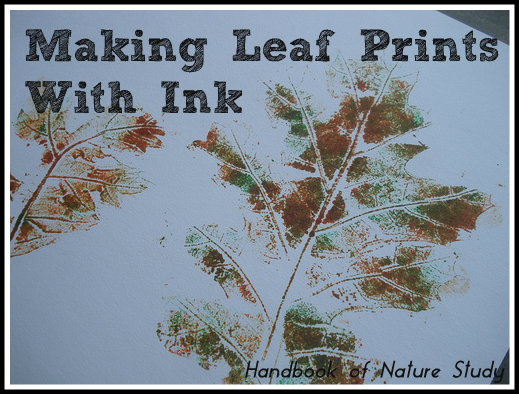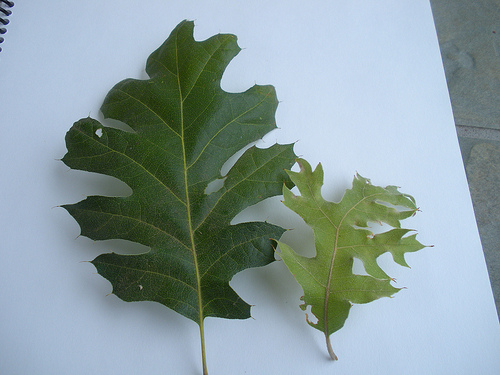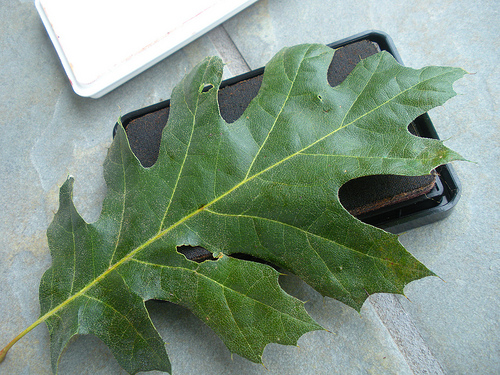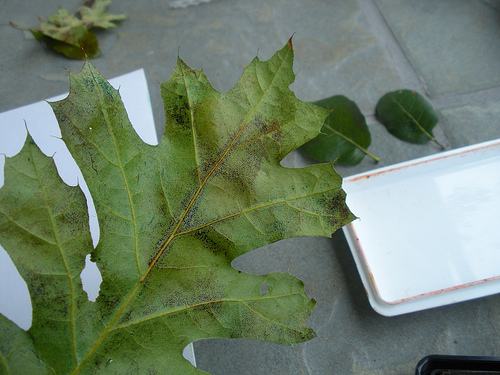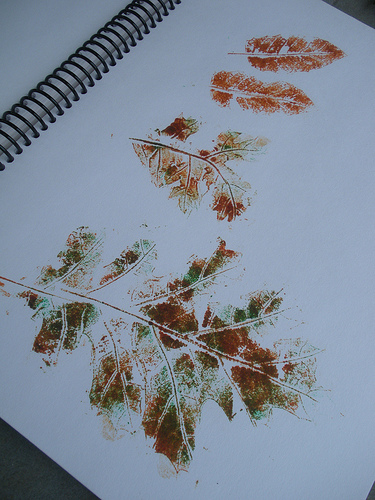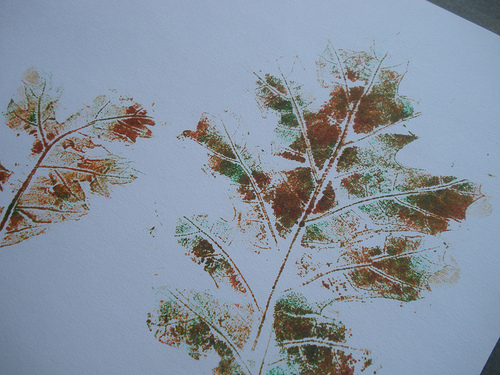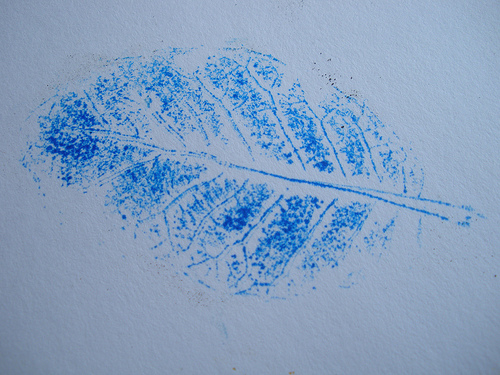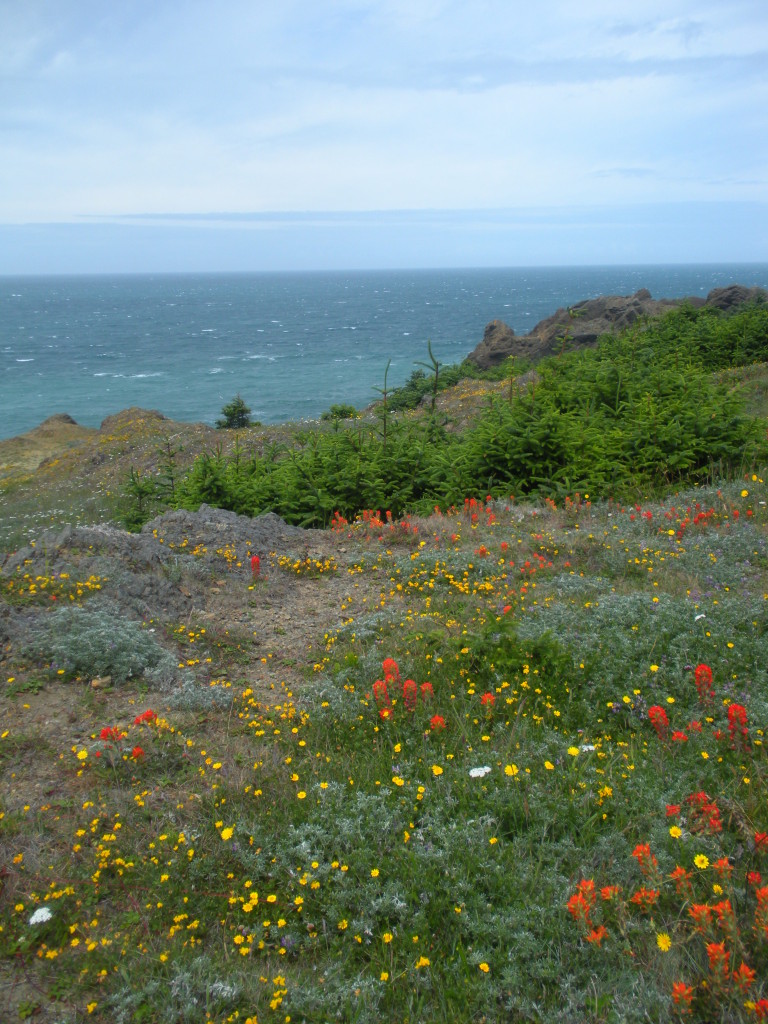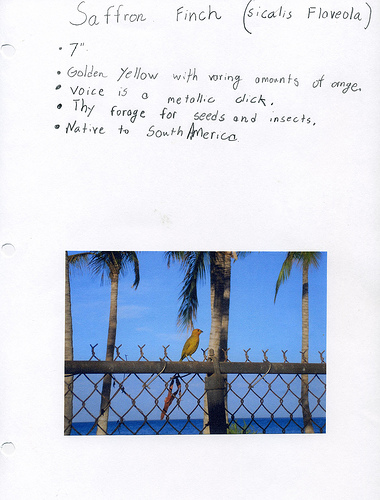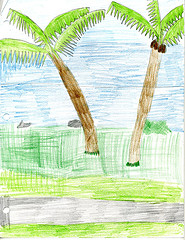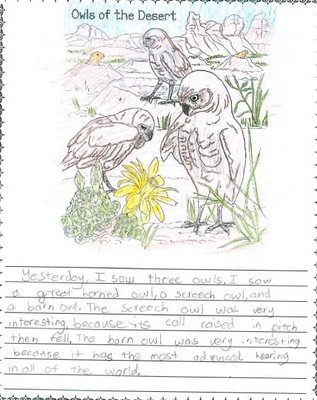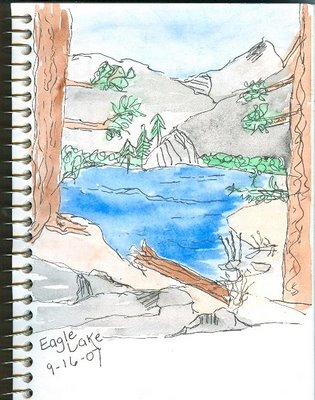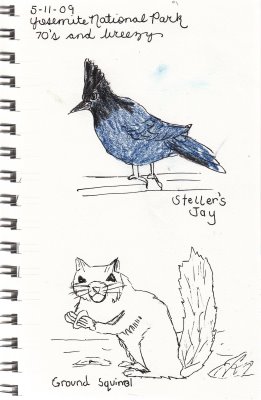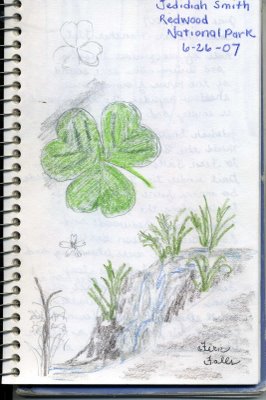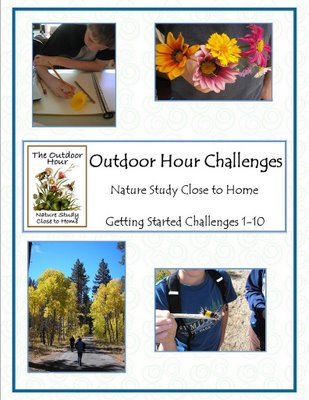We had a perfect morning for a weather study as part of the Outdoor Hour Challenge Autumn Series. The air was cold, the wind was blowing, and the leaves were raining down all around us. It *felt* like autumn. Note: This morning it was 38 degrees outside..that is cold.
There are still loads of leaves left on the sweet gum trees but as of this morning, the fall color is breaking through. Reds, oranges, burgundy, and every shade in between are all popping out on the trees.
Still a few insect friends in the flower garden…..look at his wings in the sun. Gorgeous and amazing. I think this is some kind of hoover fly.
We came back in to warm up with a bowl of soup and then our weather notebook pages were filled in and filed away in our nature journals.
I love having a specific subject for our nature study….it motivates me to spend time with the boys outdoors each week. Don’t let anyone tell you that high school age boys do not enjoy nature study.








